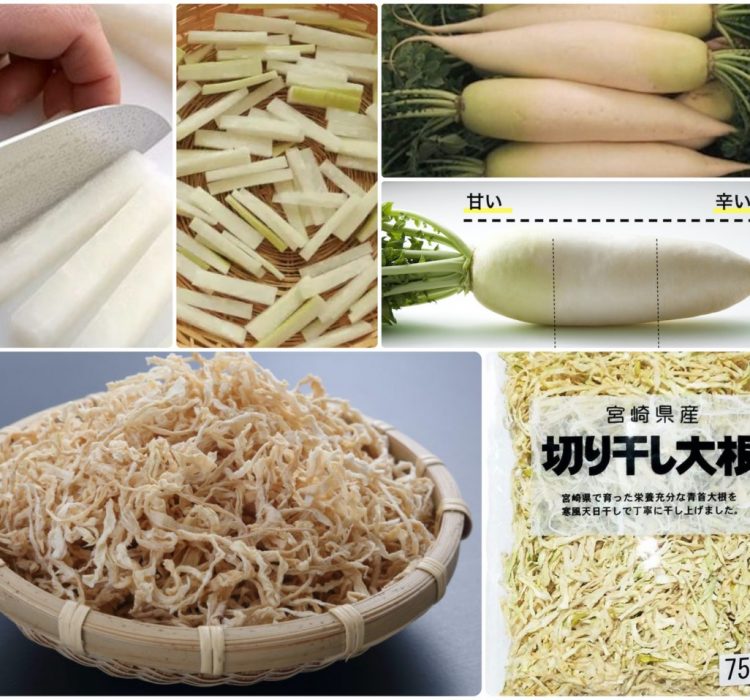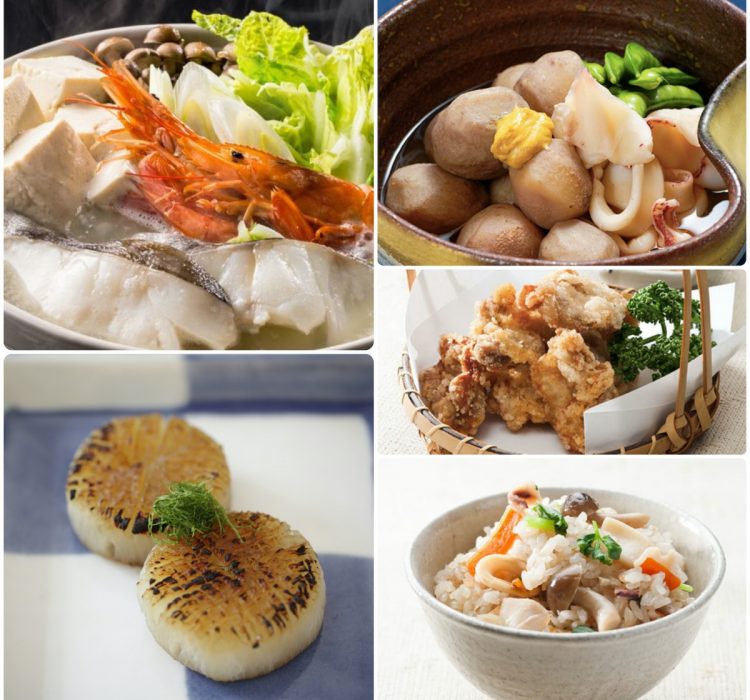
Dec.14
Elizabeth Andoh – A Taste of Culture
Dec.14
Dear friends, colleagues and those who have expressed an interest in the FOOD & CULTURE of Japan: Pine trees are iconic in Japan, with the two most common types being the Japanese black pine kuro matsu 黒松 (Pinus thunbergii), left, and the Japanese red pine aka matsu 赤松 (Pinus densiflora), right. Japanese black pines are…

Nov.16
Elizabeth Andoh – A Taste of Culture
Nov.16
Dear friends, colleagues and those who have expressed an interest in the FOOD & CULTURE of Japan: One of the most basic skills in a Japanese kitchen is the ability to make long, continuous, seemingly impossibly thin peels known as katsura muki. It typically takes months (if not years) of daily practice to master the…

Aug.07
Elizabeth Andoh – A Taste of Culture
Aug.07
Dear friends, colleagues and those who have expressed an interest in the FOOD & CULTURE of Japan: 素麺 SŌMEN Noodles As the heat and humidity of summer settles in, appetites begin to wane. That’s when thread-thin sōmen noodles provide solace. Indeed, sōmen have been refreshing heat-weary Japanese since at least the 8th century. Sōmen noodles…

May.12
Elizabeth Andoh – A Taste of Culture
May.12
Dear friends, colleagues and those who have expressed an interest in the FOOD & CULTURE of Japan: SHŌBU: 尚武・勝負・菖蒲 The Japanese often engage in word play, and during the month of May there are two words, SHŌBU and KATSU, that provide opportunity to engage in homonym fun. The words for martial spirit (shōbu, 尚武), victory…
Mar.28
Elizabeth Andoh – A Taste of Culture
Mar.28
Celebrating Sakura The Japanese take great pleasure in celebrating the seasons and SAKURA (cherry blossoms) are emblematic of spring. From the time buds (tsubomi 蕾) first appear to the official pronouncement of blooming (kaika 開花) it is often less than a week. And from there to full-blown flowering (mankai 満開) can be just days. The…

Jan.02
Elizabeth Andoh – A Taste of Culture
Jan.02
Dear friends, colleagues and those who have expressed an interest in the FOOD & CULTURE of Japan: For New Yorkers watching the ball drop at Times Square, ether in person or on TV has been a traditional way to welcome the New Year since 1907. For Brits its likely to be listening to Big Ben’s…

Oct.22
Elizabeth Andoh – A Taste of Culture
Oct.22
Dear friends, colleagues and those who have expressed an interest in the FOOD & CULTURE of Japan: With consistently cooler days and a few downright chilly nights, it finally feels as though autumn has arrived in Tokyo. After another long, brutal summer during which beat-the-heat survival menus featured icy cold tofu and well-chilled egg…

May.31
Elizabeth Andoh: A Taste of Culture – Kiriboshi Daikon (dried shredded radish)
May.31
Before mechanical refrigeration was available, people throughout the world struggled with keeping fresh food from spoiling. A variety of ingenious techniques were developed including drying fresh food in well-ventilated shade. In Japan, the resulting foods are known collectively as kambutsu (literally, “dried things”) and are an important category of comestibles in both home and professional pantries. Indeed the traditional…

May.24
Elizabeth Andoh: A Taste of Culture – Fresh Bamboo Shoots
May.24
Takénoko (bamboo) shoots that are left to grow become mature pole-like bamboo trees.The youngest, most tender, barely breaking-through-the-ground shoots, however, are edible after brief parboiling (instructions on how to do this in this month’s KITCHEN CULTURE Blog). The flavor potential of takénoko can be awoken in many ways. Indeed, bamboo shoots easily become the focus of a menu, served…

May.10
Elizabeth Andoh: A Taste of Culture – Funky Fermented Fish Sauce
May.10
The world’s oldest known cookbook, “The Art of Cooking,” attributed to Marcus Gavius Apicius (AD 14–37) contains a “recipe” for garum, a funky fish sauce made by layering fatty fish with salt and packing the mix in clay pots. When set in the hot sun for several months, the contents of the pots fermented. The fermented…





